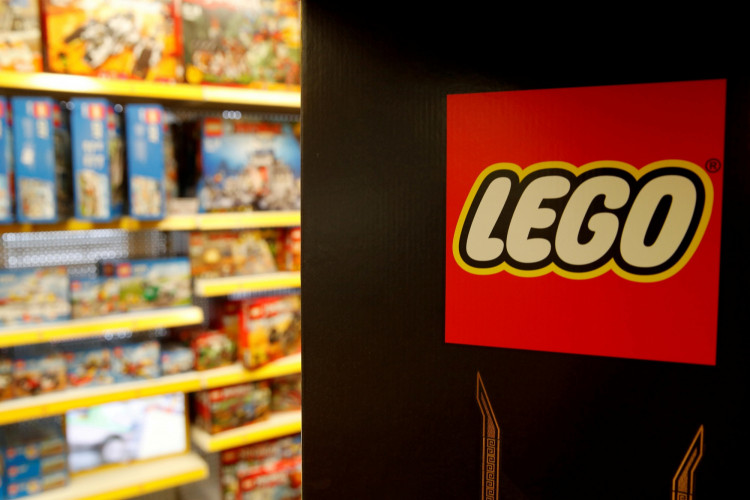Despite a shrinking U.S. toy market, LEGO sees its most significant profit drop in nearly two decades in the first half of the year.
On Wednesday, LEGO released its semi-annual performance report. The financial statements indicated a slight 1% increase in LEGO's sales, reaching 27.4 billion Danish kroner (approximately $4 billion). In contrast, the company experienced a sales growth of 17% during the same period last year and 27% the year before, marking a notable decline. Even more striking was the 19% drop in LEGO's operating profit, down to 6.4 billion kroner - the most significant decrease since at least 2004.
Even with LEGO's significant performance dip, it expanded its market share in the first six months of the year, especially given the overall weak backdrop of the toy market.
LEGO CEO Niels Christiansen noted that despite the challenging past six months for the toy industry, LEGO still managed to further enhance its market share, with revenue growing 10% faster than the market average.
Compared to its major competitors Mattel and Hasbro, both listed in the U.S., LEGO maintains a more robust market position. Even though Mattel witnessed tremendous success with its Barbie films, both companies still recorded operating and net losses in the first half of the year, with sales dropping by double digits.
Looking forward to the latter half of the year, Christiansen adjusted this year's sales growth forecast to "single digits" from the previously projected "high single digits." On pricing, Christiansen stated that the company didn't raise the prices of LEGO sets in the first half and doesn't plan on doing so, given that shipping and raw material costs have normalized.
The softer performance hasn't deterred LEGO from its expansion plans, gearing up to make a significant push into the Chinese market.
In the first half of the year, LEGO opened 89 new stores, with plans to launch about 150 in total by year-end, bringing the global store count to approximately 1050. More than 50% of the new openings are in China, and by the end of the year, the total number of LEGO stores in China is expected to surpass 500.
Commenting on this, Christiansen highlighted: "The middle class in China, or the sheer number of Chinese children with purchasing power, is substantial. We are underrepresented in China, so our investments and construction in the country continue."
Since taking over LEGO in 2017, Christiansen has always championed an expansion strategy, marrying physical brick products with the digital world, broadening the product range, and opening hundreds of new stores.






